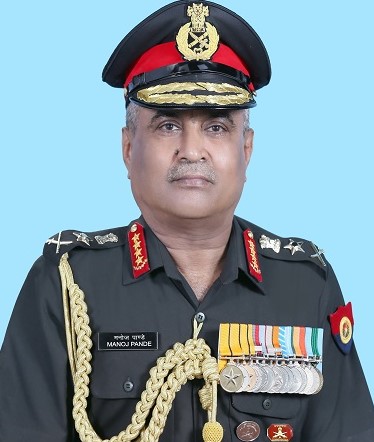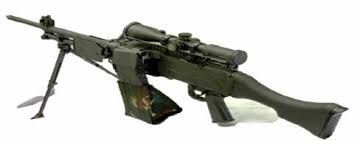India is making significant progress in developing and deploying advanced indigenous (airborne early-warning and control) AEW&C aircraft, also known as ‘eyes in the sky’.
These aircraft will enhance surveillance and detection capabilities along the borders with China and Pakistan, as well as provide guidance to friendly fighters during air combat.
Currently, the Defence Research and Development Organisation (DRDO) and the Indian Air Force (IAF) are actively working on the development of six Mark-1A and six Mark-2 versions of the Netra AEW&C aircraft.
Three Netra aircraft have already been inducted since February 2017.
According to sources, the Indian Ministry of Defence (MoD) will soon consider the acceptance of necessity (AoN) for the six Mark-1A aircraft.
This will involve equipping Brazilian Embraer jets with active electronically scanned array antenna-based radars, electronic and signal intelligence systems, at an estimated cost of Rs 9,000 crore.
Reportedly, these six AEW&C aircraft will be similar to the existing Embraer-145 jet-based Netra, which has a radar coverage of 240 degrees.
However, the new aircraft will feature advanced software and technologies such as gallium nitride-based TR modules for the radars.
Developmental work is already underway for the six Mark-2 aircraft, which will have larger and more advanced AEW&C radars and sensors.
These will be installed on second-hand Airbus A321 planes acquired from Air India, at a cost of Rs 10,990 crore.
The first Mark-2 aircraft, equipped with a nose antenna in addition to the main dorsal antenna for 300-degree radar coverage, is expected to be delivered in 2026-27.
Technologies from the Mark-2 aircraft will also be incorporated into the Mark-1A versions.
The development of these aircraft is crucial for India, as it currently lags behind Pakistan and China in the AEW&C and AWACS (Airborne Warning and Control System) domain.
The IAF currently operates only three Israeli Phalcon AWACS mounted on Russian IL-76 transport aircraft, which provide 360-degree radar coverage and a range of 400 km.
Pakistan possesses 11 Swedish Saab-2000 Erieye AEW&C and Chinese Karakoram Eagle ZDK-03 AWACS aircraft. China, on the other hand, has approximately 30 AEW&C aircraft, including Kong Jing-2000 ‘Mainring’, KJ-200 ‘Moth’, and KJ-500 aircraft.
The IAF recognized the urgent need for more AEW&C aircraft during the aerial skirmish with Pakistani fighters in February 2019, which were supported by Saab-2000 Erieye AEW&C aircraft.
The ongoing standoff with China in eastern Ladakh has further emphasized the requirement.
A significant advantage for the IAF is that the existing Netra and Phalcon aircraft are fully integrated into its integrated air command and control system (IACCS).
This automated air defence network, equipped with data links, is being expanded to integrate a wide range of military and civilian radars, thereby enhancing surveillance capabilities and closing gaps in Indian airspace.




